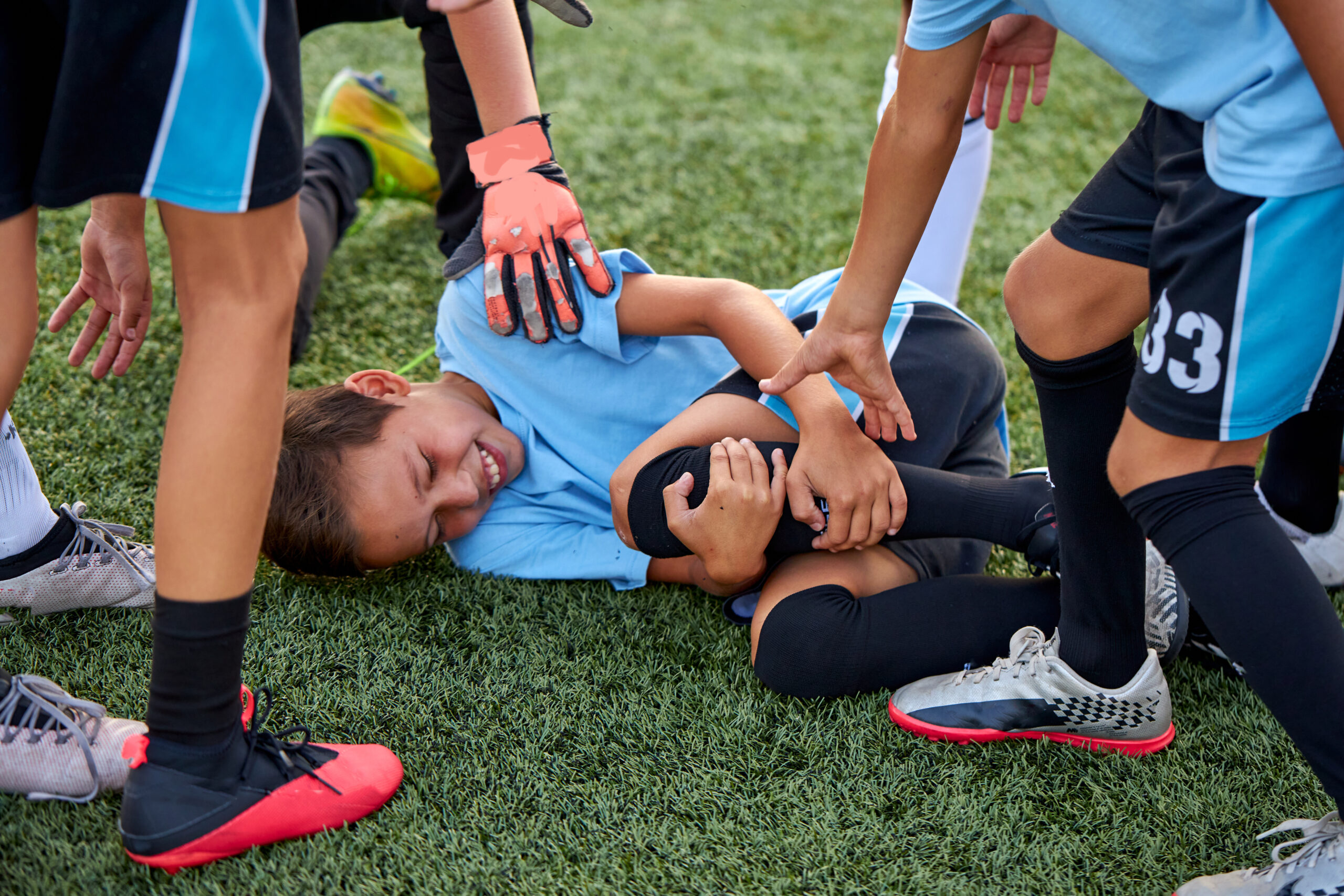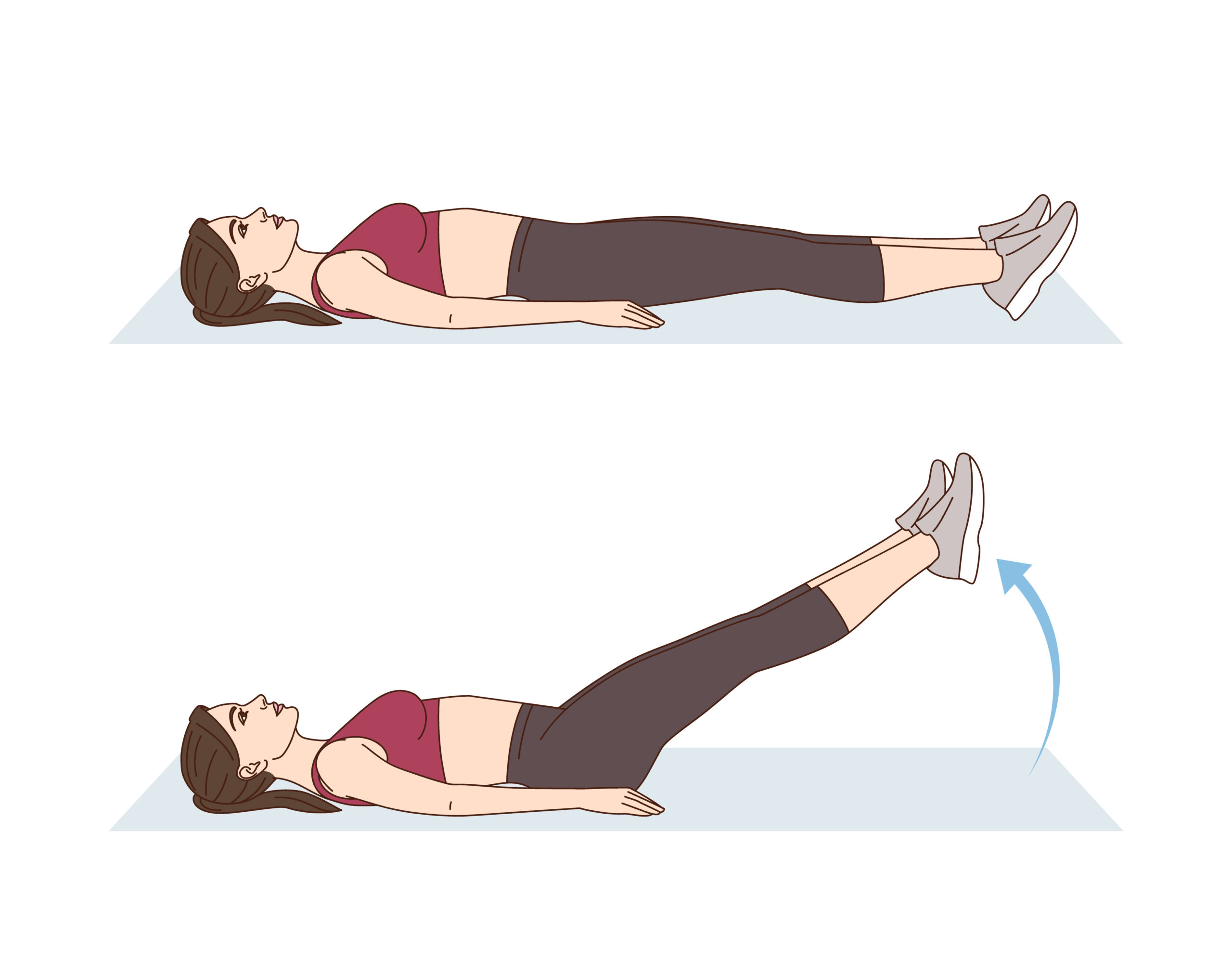The entire point of the PPPE is to safely clear the student-athlete. Yes, we want them to play, but safely! The two main reasons athletes do not clear their PPPE is due to blood pressure and vision issues. It is important to take blood pressure readings with the athlete supine vs. sitting on a table. Make sure the athlete is in a calm state and in a back supported chair. Also, make sure the athlete does not need to go to the bathroom! As for vision, a 2023 study of athletes in Galveston, Texas found that 38.0% the student athletes did not bring their prescription eyeglasses, which resulted in the need for retesting while wearing their glasses.

Accurately answering questions and receiving a proper evaluation is important for the PPPE.
Now onto one of our concerns with the PPPE. As we have learned, the examination is important to identify conditions that are life threatening or would otherwise prevent a child from participating in sport. However, what about other conditions that, although not life threatening, can lead to significant injury while participating in sport? We cannot forget to assess the athlete thoroughly from the musculoskeletal perspective. We believe too much of this concern is truly overlooked.
So, what can be improved? What do we suggest at DBAM?
The musculoskeletal part of the sports physical also has conflicting data as to its effectiveness in preventing or even discovering an issue. It really depends on the doctor’s thoroughness. This variable is just that…variable. This leads to many missed diagnoses and diagnoses that should not be missed. We could talk about this topic for a long time, but we’ll try to narrow it down to a couple of concerns. One is excessive soft tissue elasticity that could be due to a genetic concern, and one is identifying knee tracking issues that, many times, lead to knee damage, such as a torn ACL, meniscal tear, MCL tears, and more.
Regarding, the first topic, we strongly recommend a screen that evaluates for a Beighton Score. Many of us have heard of a condition called Ehlers Danlos Syndrome (EDS), but most people are unaware of what it really is and what it signifies. If your youth athlete shows a high enough score, they should be evaluated for a genetic component and the score can most certainly affect their ability to participate in a sport.
Here are some simple questions/tests you can perform at home:
- Can you now [or could you ever] place your hands flat on the floor without bending your knees?
- Can you now [or could you ever] bend your thumb to touch your forearm?
- As a child, did you amuse your friends by contorting your body into strange shapes or could you do the splits?
- As a child or teenager, did your kneecap or shoulder dislocate on more than one occasion?
- Do you consider yourself “double-jointed”?
The second concern we have is regarding knee stability and proper tracking. Drs. Horwitz and Manison have seen a tremendous amount of knee injuries over the years, and much can be done to prevent injuries. The problem is that very few people, including many healthcare providers, know how to properly evaluate a knee for a tracking issue. Usually, the athlete is assessed after an injury occurs. We can do better!

The PPPE is important for your athlete for all sports.
At Don’t Be A Meathead, we are going to put together a simple screen for knee instability/tracking for parents to conduct with their youth athlete. This screen will be appropriate before an injury occurs. In fact, it should help to identify imbalances so that you and your youth athlete can work to correct the problem before it becomes a major problem. If your child does develop an injury, it is very important to have that injury appropriately assessed and managed. A proper examination is crucial. Again, the DBAM screen will be to identify imbalances, so they can be addressed, before they manifest into something very serious.
At the end of the day, it is up to you, the parent, to oversee your child’s health. Ask yourself why schools require PPPEs, but your child’s club team doesn’t. This seems odd, doesn’t it? It is, and it’s a major concern. You’re paying a lot of money and they do not work to identify injury risk? Certainly, we should be able to expect more.
Finally, ask what safety protocols are in place. Are ALL the coaches CPR and First Aid certified? Does the organization have an AED? Do they have appropriate cooling interventions ready to go in the heat? Do they have canopies set up for athletes to get out of the sun? Is there a concussion protocol? Who’s there to assess injuries? Is there an immediate removal from practice/game if there is a collision? Is a doctor’s note required for return to play? Demand safety! This is your child’s health now….and later!
** The DBAM knee stability/tracking screen is being created at this time. Stay tuned.
Don’t Be a Meathead is protected by Copyright laws. If you wish to post any content from www.dontbeameathead.com, you must obtain express (written…this can be email) permission before doing so. We love sharing important information to help people and we do appreciate your respect for our intellectual property.





